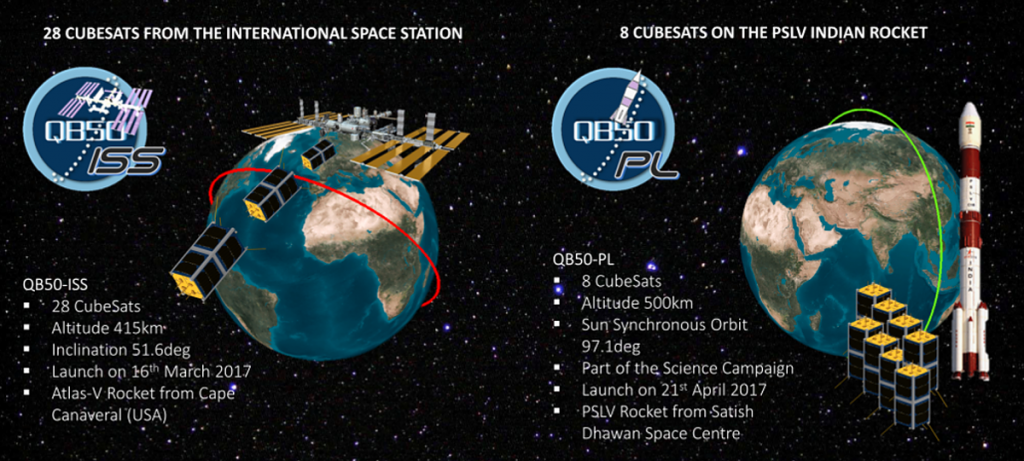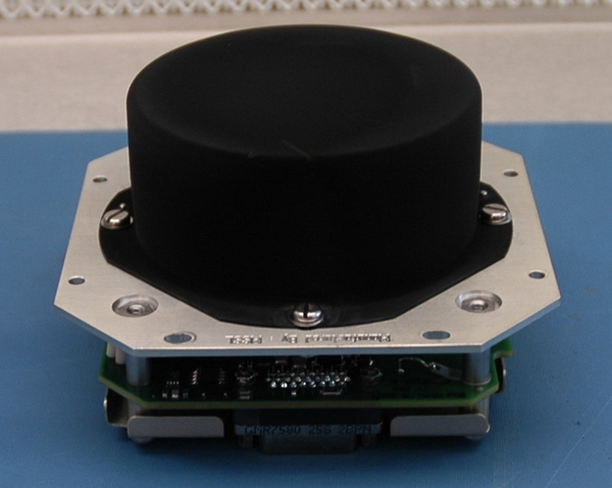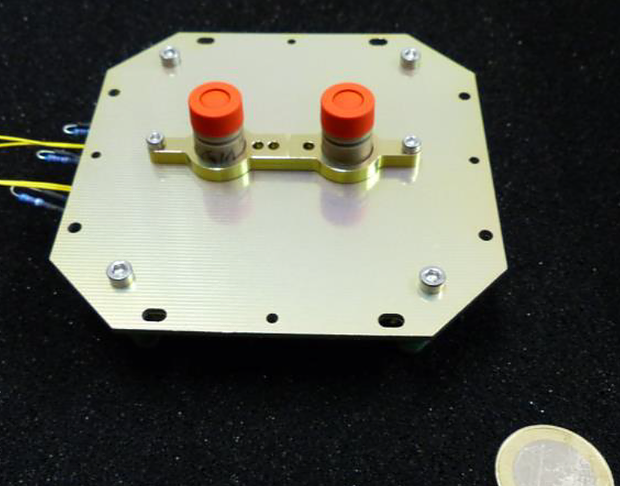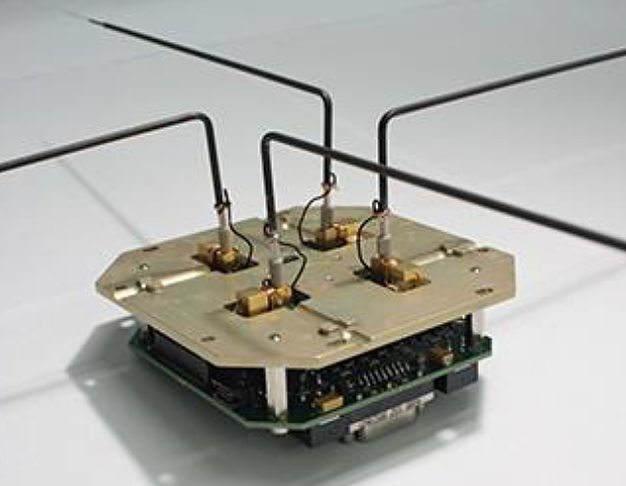QB50 Mission and Launches
The initial design of the QB50 mission included the launch of a network of 50 CubeSats, in a ‘string-of-pearls’ configuration for atmospheric research. Toward the one of the project, a total of 36 CubeSats are being prepared for launch, among which there are two Greek satellites: DUTHSat – GR01 from the Democritus University of Thrace, and UPSat – GR02, from the University of Patras. Out of these 36 CubeSats, 28 will be transfered to the International Space Station (ISS), from where they will be launched into a circular orbit, starting at about 400 km altitude and with an inclination of 51º. The other 8 CubeSats will be launched onboard an PSLV Indian Rocket into a Sun-synchronous orbit, with an inclination of 97.1º.
The CubeSats will be deployed in sequence, they will spread out and eventually, after about a month, they will form a network that goes all the way around the Earth in a “string-of-pearls” configuration at these two different orbits. Due to atmospheric drag, the orbits will decay and progressively lower layers of the thermosphere/ionosphere will be explored without the need for on-board propulsion until. The CubeSats onboard the ISS will be deployed in two sequences; In this way, the first set of CubeSats will de-orbit to lower altitudes when the second set is launched, enabling the observation of two different altitudes simultaneously. About three months later, the CubeSats are expected to burn up in the denser layers of the mesosphere at about 90-100 km.
Space agencies are not pursuing a multi-satellite network for in-situ measurements in the lower thermosphere/ionosphere because the cost of a network of 50 satellites built to industrial standards would be extremely high and not justifiable in view of the short orbital lifetime. A network of satellites for in-situ measurements in the lower thermosphere/ionosphere can only be realised by using very low-cost satellites, and CubeSats are the only realistic option.
Normally, CubeSats are launched as secondary passengers. That means they have to accept the orbit and the launch date of the primary payload, usually a larger satellite. These orbits are often not ideal for CubeSats and, also, sometimes CubeSats have to wait for a year before they can be launched because the primary satellite is not ready in time. “With QB50, for the first time, CubeSats are the primary payload, we select the orbit and the launch date. Otherwise we would not be able to bring the CubeSats into the lower thermosphere/ionosphere because no primary satellite wants to go into this region because of the limited orbital lifetime”, explains Jean Muylaert, the Director of VKI and the lead person in the QB50 Consortium.

QB50 Launch Scenarios
Scientific Research
The 36 CubeSats will carry a set of sensors for multi-point, in-situ, long-duration measurements of key parameters and constituents in the largely unexplored lower thermosphere and ionosphere. Three different types of science sensors, each of which is part of a science set, will be used to fulfill the objective of carrying out atmospheric research in the lower thermosphere. These science sensors include the Ion-Neutral Mass Spectrometer (INMS) as part of set 1, the Flux-Φ-Probe Experiment as part of set 2 and multi-Needle Langmuir Probe (m-NLP) as part of set 3.

Set 1
Ion-Neutral Mass Spectrometer (INMS)
Thermistors/thermocouples/RTD (TH)

Set 2
Flux-Φ-Probe Experiment (FIPEX)
Thermistors/thermocouples/RTD (TH)

Set 3
multi-Needle Langmuir Probe (m-NLP)
Thermistors/thermocouples/RTD (TH)
Most of the QB50 CubeSats will accommodate one of the three sets as their payload and will operate it for few months. Each of the three science sensors have their own set of requirements and interface specification which is specified in their respective Interface Control Document (ICD).
Additional Information
https://www.qb50.eu/
https://www.vki.ac.be/


